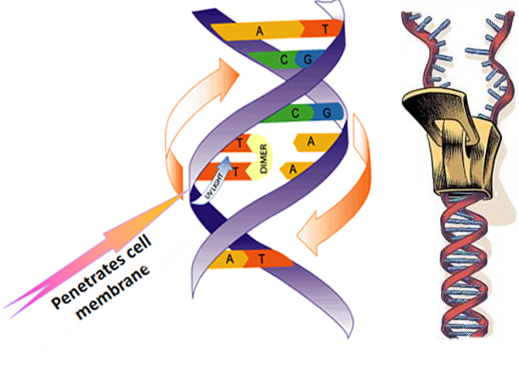Water system sterilization and reverse osmosis membrane protection in electric power and heavy industry




Pipeline direct connection, simple installation,
convenient modular design
The whole stainless steel material, long service life
According to the change of water quality and quantity,
the UV dose can be automatically adjusted and controlled
Can be connected with DCS system, real-time online
monitoring operation status

According to the demand, the main ultraviolet band
can be divided into 185nm and 254nm
Lamp power: 1KW-7KW Service life: 6000-8000 hours

Company address: :291 Brighton Road, South Croydon, United Kingdom, CR2 6EQ